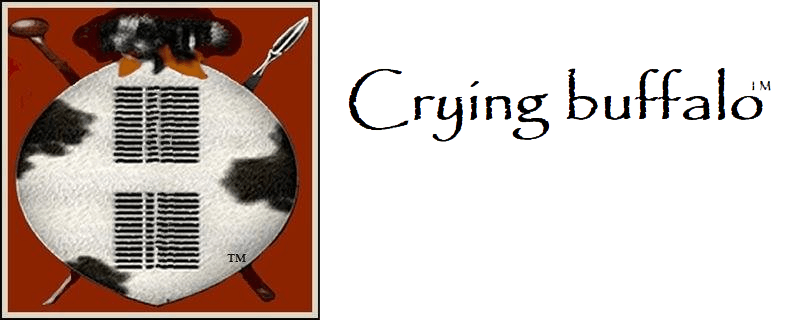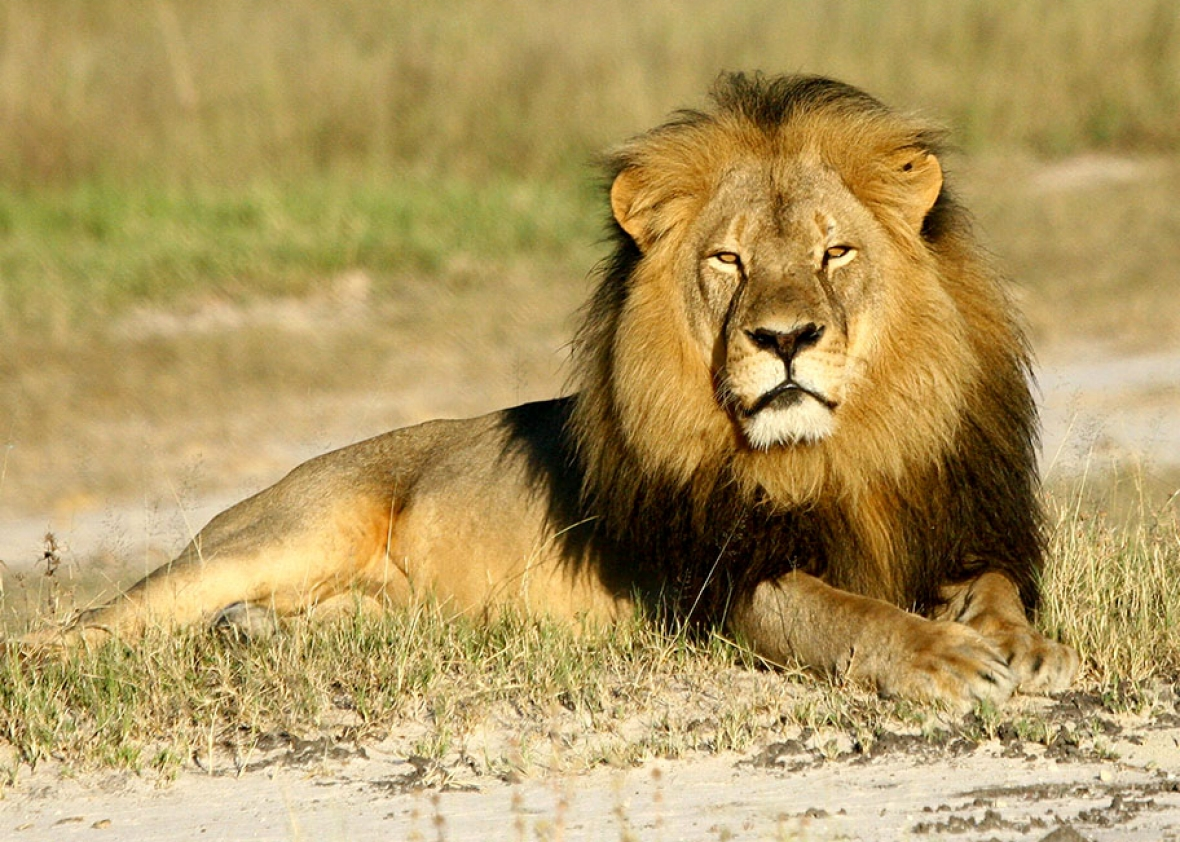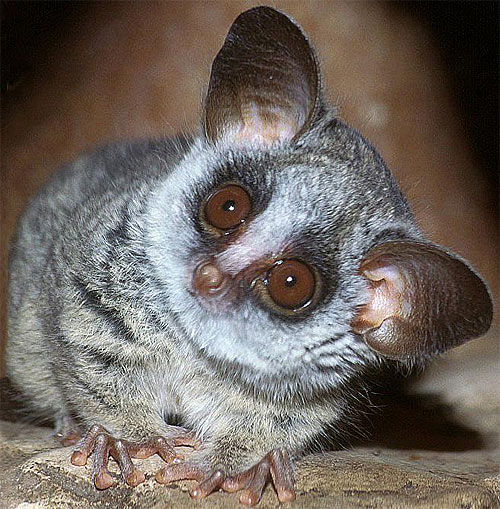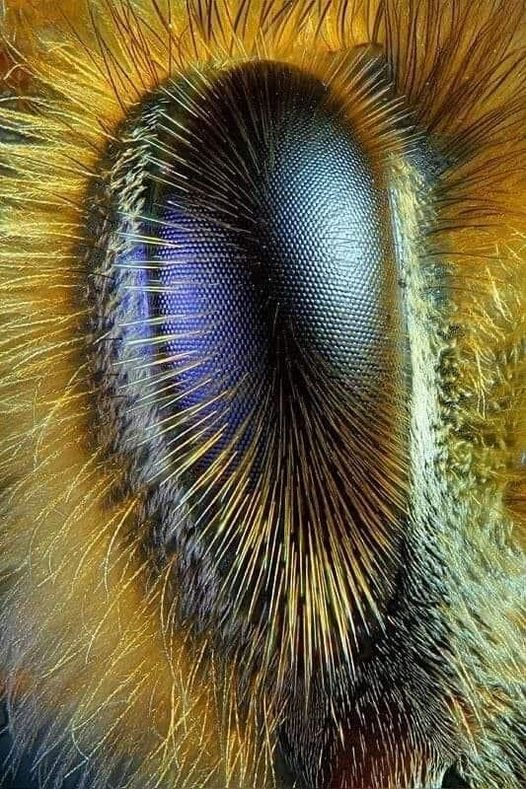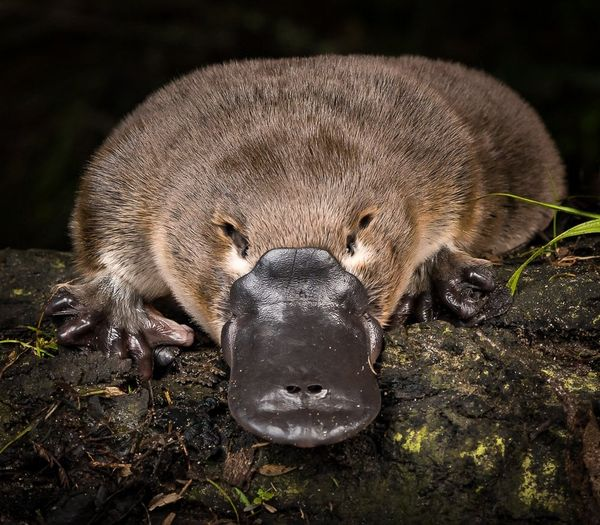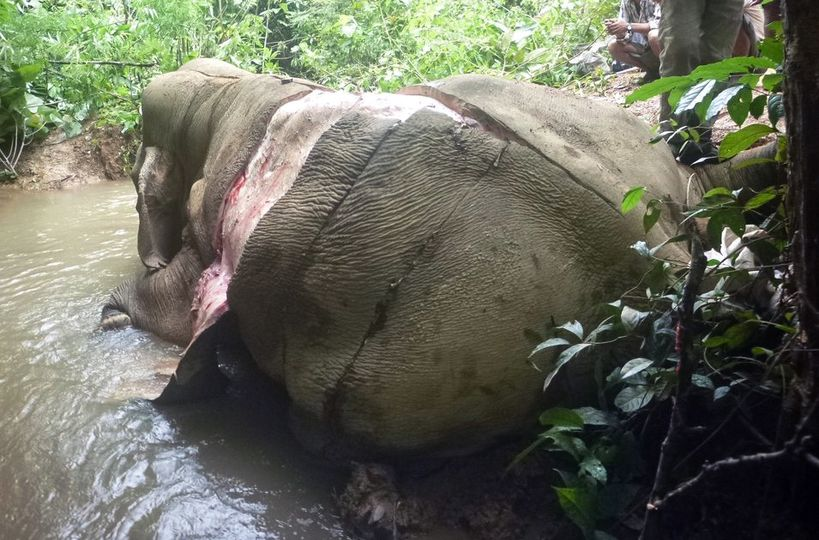16 March 2021
The vulnerable and dangerous Komodo Dragon
The Komodo dragon can reach 10 feet and weighs about 300 pounds (136 kg) and although it is a very powerful, the biggest lizard and eats just about anything, it is classified as a species vulnerable to extinction.
Many think it is bacteria that can kill, but we now know it is actually venom. However, they are not completely incorrect as the venom contains 57 different strains of bacteria.
The Komodo's venom kills anything, it has bitten usually within 24 hours.
* Only native to Indonesia's Lesser Sunda Islands.
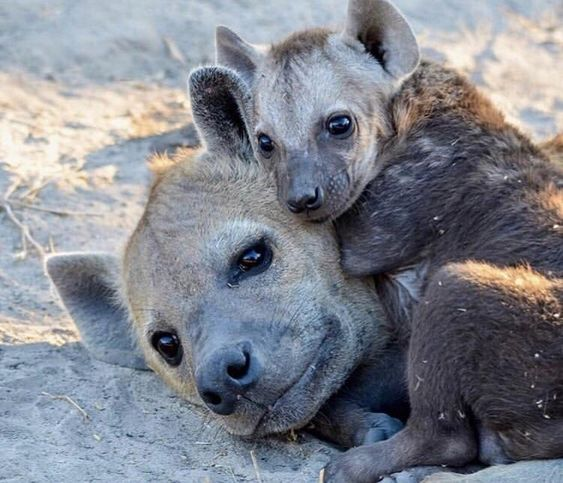
This enormous continent is home to many fantastic wild animals and the two we identify with the most, or most iconic, most popular. Well... 'most' of everything, is the lion and then the elephant. I have much to say about the prey animal – the elephant, but this post is about Africa's two top predators – The African lion and the largely ignored, Spotted hyena – Africa's two top predators. I am, however, focussing and highlighting that phenomenal intelligent fighter that is unfortunately greatly underestimated – the spotted hyena. They are and will always be Africa's greatest warrior. The first clear sign is that they are born into brutality and only the strongest will survive. Spotted hyena cubs are born with eyes open and already armed with teeth. The reason for that is that they have to fight for their survival from the moment they are born. The mother only has two teats and sometimes three cubs are born – not the usual amount, one or two. Competition for food is fierce and to survive the cubs have to fight from the moment they are born. Even if there are only two cubs born – the competition for food never fades and this they carry forth to adulthood – and in the end only one or more rarely, only two cubs will remain if there were three (an example).

Due to mankind's involvement, they are no longer kings, except in the minds of a few. The mighty is now reduced to 'vulnerable to extinction' and found in threatened and small, scattered populations over the continent as most of their original hunting grounds have been turned into agricultural lands (one reason, but a big one). The highest, but greatly threatened, wild lion populations are found in southern Africa.
